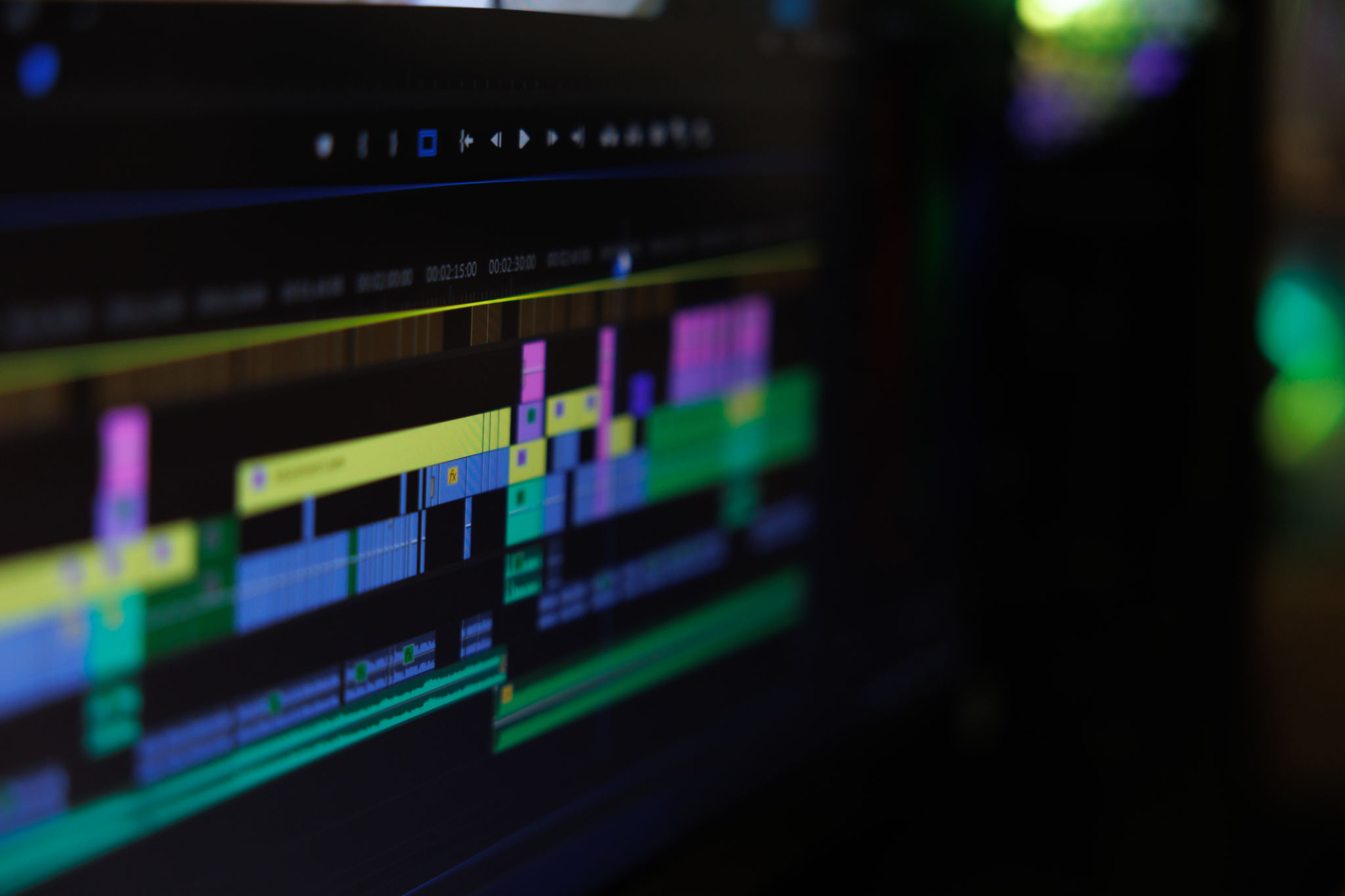The Ultimate Checklist for High-End Video Production
Pre-Production Planning
Pre-production is the foundation of a successful high-end video project. It involves meticulous planning to ensure that every aspect of the video aligns with your vision and goals. Start by defining your objectives and target audience. This will guide the creative direction and ensure that the content resonates with viewers.
Next, develop a detailed script or storyboard. This serves as a blueprint for your entire production process. Make sure to outline every scene, shot, and dialogue to facilitate a smooth production phase. Additionally, consider creating a shot list and mood board to visualize the style and feel of your video.

Selecting the Right Equipment
Choosing the appropriate equipment is crucial for achieving high-quality video production. Begin by assessing your budget and project requirements. Invest in professional-grade cameras capable of capturing high-resolution footage. Don't forget to include various lenses to achieve different perspectives and depths of field.
Lighting plays a significant role in enhancing the visual appeal of your video. Consider using softbox lights, LED panels, or natural lighting, depending on the mood you want to create. Equally important is sound quality; invest in high-quality microphones to capture clear audio, which is essential for maintaining professionalism.

Assembling a Skilled Team
A high-end video production requires a team of skilled professionals. At minimum, you will need a director, cinematographer, sound engineer, and editor. Each member brings unique expertise to the table, contributing to the overall success of the project.
Look for individuals who have experience working on similar projects and demonstrate a strong portfolio. Conduct interviews to ensure they align with your vision and can collaborate effectively with the rest of the team. Remember, a cohesive team can elevate your production quality significantly.
Location Scouting and Set Design
The location and set design are pivotal in conveying the story and mood of your video. Conduct thorough location scouting to find spots that enhance the narrative and provide visual interest. Consider factors such as lighting conditions, noise levels, and accessibility when selecting locations.
For set design, pay attention to details that reflect the theme and tone of your video. This might involve sourcing props, arranging furniture, or even creating custom-built sets. A well-thought-out set can transport viewers into your story's world, making it more engaging and impactful.

Filming and Directing
During filming, it's essential to maintain a balance between creativity and adherence to your plan. While capturing shots, be open to spontaneous ideas that could enhance the final product. Effective communication with your team is crucial; ensure everyone is aligned with the day's objectives and schedules.
As a director, guide actors or presenters to deliver authentic performances that resonate with the audience. Pay close attention to details such as framing, lighting adjustments, and audio quality during each take. It's often beneficial to capture multiple takes to provide more options during editing.
Post-Production Mastery
Post-production is where your video comes together. Start with organizing your footage and selecting the best takes for editing. Use professional editing software to assemble your video, paying attention to pacing, transitions, and visual effects that enhance storytelling.
Color grading can dramatically alter the mood of your video, so experiment with different looks until you find one that complements the narrative. Sound design is equally important; incorporate music, sound effects, and voiceovers to create an immersive experience for viewers.

Quality Control and Feedback
Before finalizing your video, conduct thorough quality control checks. Watch the video multiple times to catch any inconsistencies or mistakes in editing. Check audio levels and ensure that all visual elements are cohesive and polished.
Gather feedback from colleagues or focus groups to gain different perspectives on your video. Constructive criticism can help identify areas for improvement that you might have overlooked. Use this feedback to make necessary adjustments before releasing your video.
Distribution Strategy
Your distribution strategy is vital for reaching your intended audience effectively. Choose platforms that align with your target demographic, whether it’s social media channels like YouTube and Instagram or more traditional routes like television broadcasts.
Consider implementing a marketing plan that includes teasers or trailers to generate buzz before the full release. Track engagement metrics post-launch to assess the video's performance and inform future projects. A well-executed distribution strategy ensures that your high-end production receives the recognition it deserves.
